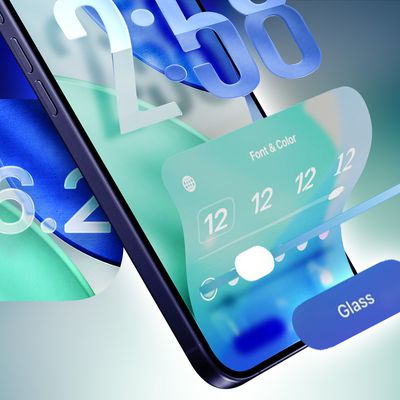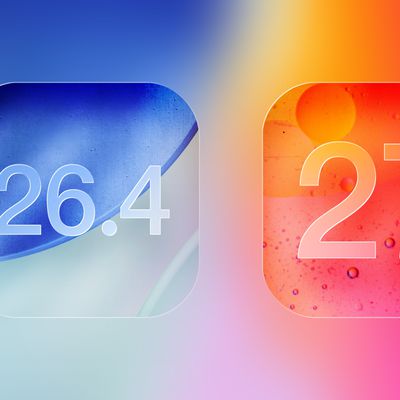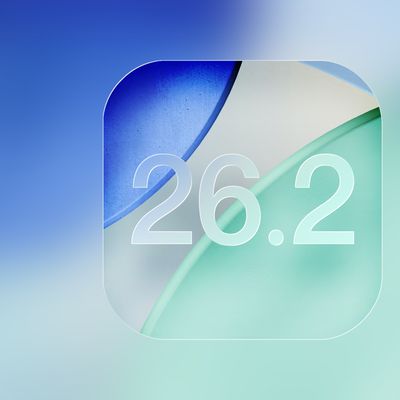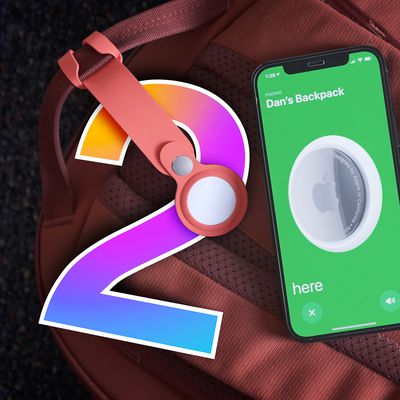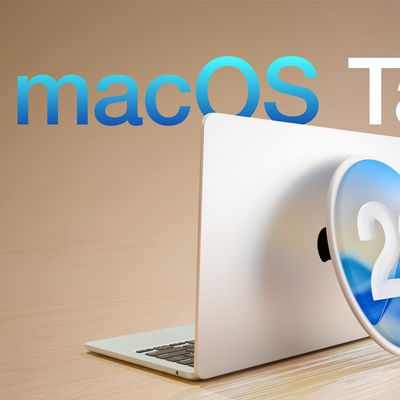Apple in iPadOS introduced some performance improvements between the iPad Pro and the Apple Pencil, cutting latency from 20ms to 9ms with the new software.
Third-party developers who make apps that use the Apple Pencil will also be able to take advantage of some of these latency improvements, Apple software development chief Craig Federighi confirmed last week.
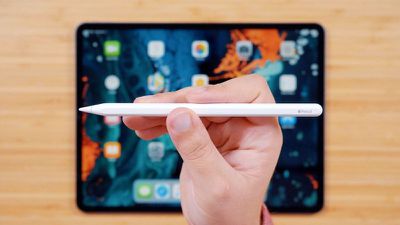
Federighi shared the information in a response to an email sent by Artstudio Pro developer Cladio Juliano, who tweeted what Federighi had to say last week. The info was highlighted today in a tweet by developer Steve Troughton-Smith.
In the email, Federighi explains that third-party developers have had access to predicted touches via UIKit since iOS 9, and with iOS 13, developers will receive the "latest and greatest" touch prediction advancements in minimizing PencilKit drawing latency.
Federighi explains just how Apple introduced the latency improvements, and he points out that there's a small gap of 4ms that developers won't have access to at the current time because Apple didn't have a way to safely expose the capability to developers. From Federighi's email:
Note that we achieve low latency through a combination of several techniques: Metal rendering optimizations, touch prediction, and mid-frame event processing. Third-party developers can achieve similar low-latency drawing experiences by taking advantage of Metal rendering and touch prediction best practices covered in the WWDC Sessions I've referenced below.
With these you can achieve nearly all of the improvements you've seen in PencilKit drawing with your own renderer. (There does remain a small gap: 4 ms of our improvement comes from a technique called mid-frame event processing; we are looking for ways to expose this capability to third party engines in the future, but for this year this one was only safely achievable through tight integration within our frameworks).
For developers, the WWDC sessions Federighi suggests include PencilKit, Adopting Predicted Touches, and Metal Performance Optimization.
In a nutshell, the information shared by Federighi confirms that third-party apps that take advantage of the Apple Pencil will be getting some of the same latency improvements that we'll be seeing when using the Apple Pencil within native functions like Markup.
The Apple Pencil latency improvements are built into iPadOS, the version of iOS 13 that is designed to run on the iPad. All of Apple's current iPads support the Apple Pencil. iPad Pro models work with the Apple Pencil 2, while the 6th-generation iPad, iPad mini, and iPad Air work with the original Apple Pencil.


